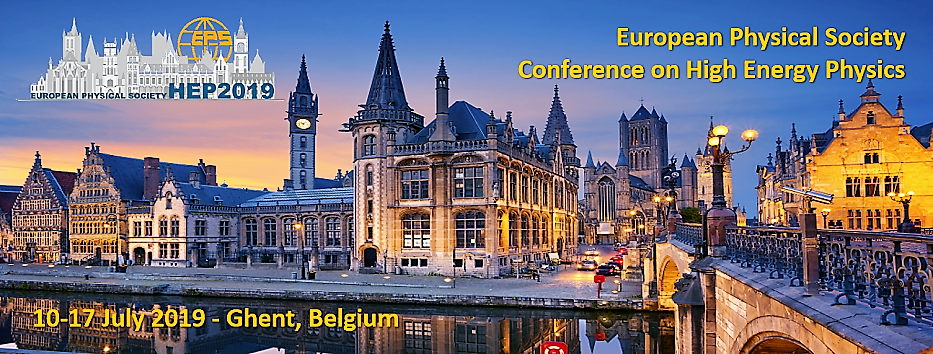Speaker
Description
Photon-photon scattering in vacuum is one of the oldest and most intriguing predictions of quantum electrodynamics, as it would confirm what is called "vacuum polarization" and change our perception of the electromagnetic vacuum. However, experimental verification of scattering between real photons in vacuum hasn't materialized yet. This is due, in part, to the relative weakness of this interaction. Several proposals have been put forth to attempt to detect this effect, including using high-power lasers which compensate the relatively low energy of their photons with the ultra-high intensities they can achieve. With the advent of new multi-petawatt laser facilities, such as ELI and APOLLON, an experiment to detect photon-photon scattering using high-power lasers is looking increasingly feasible. However, these types of experiments still need to find a way to increase the relatively low signal-to-noise ratio caused by the large amount of background radiation coming from unwanted effects such as inverse Compton scattering. To this end, we have investigated the effect of orbital angular momentum (OAM) on elastic photon-photon scattering in vacuum for the first time. We defined exact solutions to the vacuum electromagnetic wave equation which carry OAM. Using those, the expected coupling between three initial waves has been derived in the framework of an effective field theory based on the Euler-Heisenberg Lagrangian which has shown that OAM adds a signature to the generated photons thereby greatly improving the signal-to-noise ratio. This forms the basis for a proposed high-power laser experiment utilizing quantum optics techniques to filter the generated photons based on their OAM state. This would allow the detection of these rare scattering events on the previously mentioned multi-petawatt systems thereby finally providing experimental proof for elastic photon-photon scattering in vacuum.




